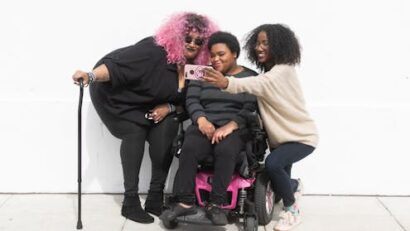
Kakapåkaka kaka
En ny klassiker kan man kalla det. Jag tog två Läs mer…
Nyheter och länkar - en bra startsida helt enkelt |Oculus lyx vitae

En ny klassiker kan man kalla det. Jag tog två Läs mer…

A24They may have only made two feature films so far, but Danny and Michael Philippou are already being hailed Läs mer…

Google recently unveiled the next phase of its artificial intelligence (AI) journey: “AI mode”. This new feature will soon Läs mer…

Mikhail Nilov/ Pexels , CC BY“AI tutors” have been hyped as a way to revolutionise education. The idea is Läs mer…
Once again, large parts of New South Wales have been devastated by floods. It’s estimated 10,000 homes and businesses may Läs mer…

I grew up with Dorothea Mackellar and The Man from Snowy River, where ragged mountain ranges met the colt from Läs mer…

Chona Kasinger/Disabled and Here, CC BY-SAPeople with disability are missing out on screening programs that could help detect cancer Läs mer…
In the past few days, discussion around whether Israel is committing acts of genocide in Gaza has intensified. On May Läs mer…

A Kinney County sheriff’s deputy arrests an undocumented immigrant who was pulled over in March 2023 in Brackettville, Texas. Jabin Läs mer…